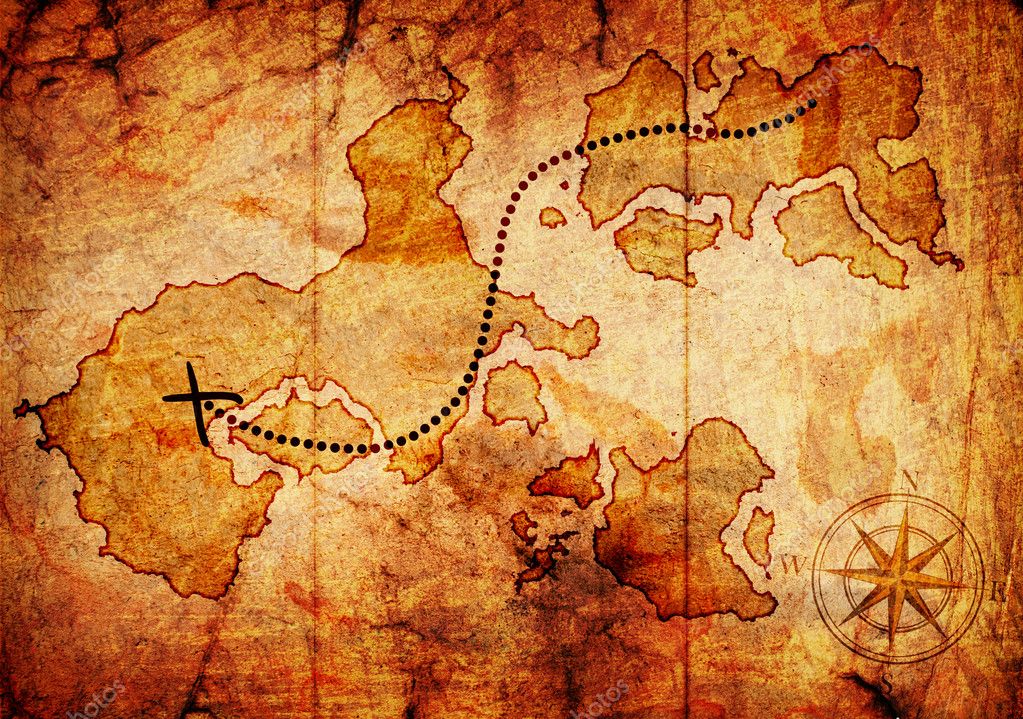On Oct 8th, with ~7 hours notice, I–along with much of Northern California–learned that electricity would be going out for possibly a week. It was a preventive power-outage to avoid catastrophic climate-related wildfires like the ones in the last few years.
This highlighted for me why, of the myriad things I procrastinate on, disaster prep was not a good one. (Especially because I also live directly on top of the Hayward faultline in Berkeley.)
The Pacific Gas and Electric Company site was down due to all the people frantically checking for info. (Hey PG&E, maybe investing in more bandwidth during emergencies would be a cost-effective move?)
From the spotty information (rumors?) I could get online I learned water could go out during this time as well.
Frantic trip to Home Depot for flashlights, batteries, candles, water jugs, first aid kits. Shopping carts full of non-perishables at El Cerrito Natural Grocery (oh God so Bay Area!)–prepping for Armageddon, gluten-free.
Filling car gas tank (could serve as a generator for devices.) Filling up bathtub and every container in the house with water. Making last-minute calls saying I may be out of touch (info online said cell towers would work, but ya never know.)
Seeing how much my life seemed like it could upend with the possibility of ~7 days without basic civilizational utilities, and the degree to which I was reduced to a nervous ninny, brought to mind a series I wrote a while ago but never published on topics related to the end of civilization as we know it. Now seems like a good time to share it!
Social Survivalism:
Cultivating High-Trust Networks Before Disaster Strikes

